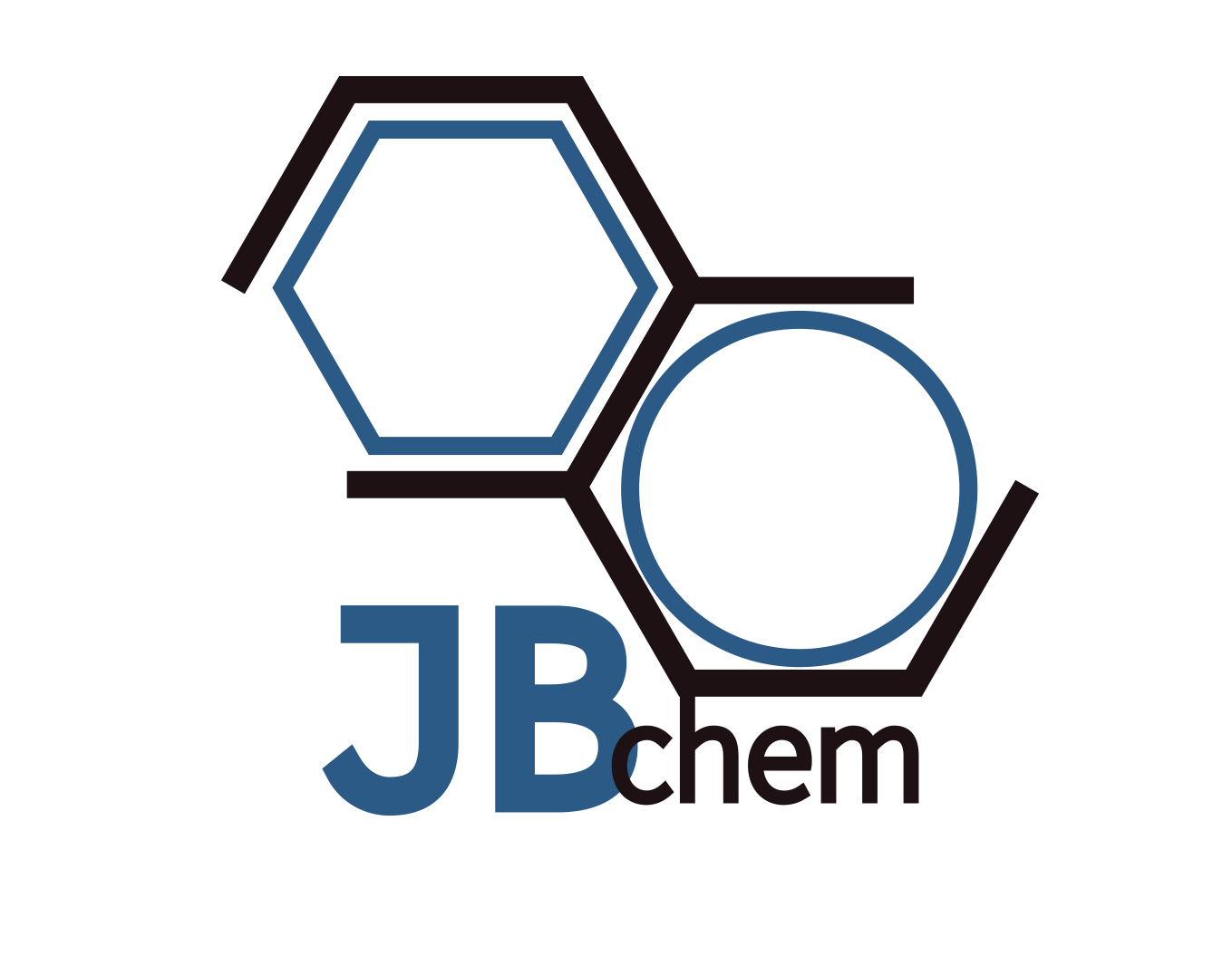Product Properties
Name: Praseodymium fluoride
Formula: PrF3
CAS No.: 13709-46-1
Molecular Weight: 197.90
Density: 6.3 g/cm3
Melting point: 1395 °C
Appearance: Green crystalline
Specification of Praseodymium fluoride
| Pr6O11/TREO (% min.) | 99.999 | 99.99 | 99.9 | 99 |
| TREO (% min.) | 81 | 81 | 81 | 81 |
| Rare Earth Impurities | ppm max. | ppm max. | % max. | % max. |
| La2O3/TREO CeO2/TREO Nd2O3/TREO Sm2O3/TREO Eu2O3/TREO Gd2O3/TREO Y2O3/TREO | 5 5 10 1 1 1 5 | 50 50 100 10 10 10 50 | 0.03 0.1 0.1 0.01 0.12 0.01 0.01 | 0.1 0.1 0.7 0.05 0.01 0.21 0.05 |
| Non-Rare Earth Impurities | ppm max. | ppm max. | % max. | % max. |
| Fe2O3 SiO2 CaO CdO PbO | 5 50 10 50 10 | 20 100 100 100 10 | 0.03 0.03 0.11 | 0.05 0.06 0.05 |
Application of Praseodymium fluoride
- Optical Coatings: Praseodymium fluoride is used in optical coatings due to its high refractive index and transparency over a wide range of wavelengths. These coatings are applied to lenses, mirrors, and other optical components to enhance their performance in optical instruments, lasers, and imaging devices.
- Laser Materials: It can be used as a dopant in solid-state laser materials. Praseodymium-doped crystals or glasses can emit light at specific wavelengths, making them suitable for various laser applications, including in medical devices, telecommunications, and scientific research.
- Neutron Absorption: Praseodymium has a good capacity for absorbing neutrons, making praseodymium fluoride potentially useful in nuclear reactors as a part of control rods or other neutron-absorbing components. However, its use in this capacity may be limited and highly specialized.
- Capacitors and Memory Devices: The dielectric properties of praseodymium fluoride can be exploited in the electronics industry, particularly in the manufacture of capacitors and memory storage devices. While not the primary material for these applications, it can be used in specific contexts where its properties are advantageous.
- Glass Coloring and Manufacturing: Similar to other praseodymium compounds, praseodymium fluoride can be used to impart color to glass and ceramics. While the fluoride itself may not be the direct colorant, its presence can influence the coloration effects when combined with other materials.

